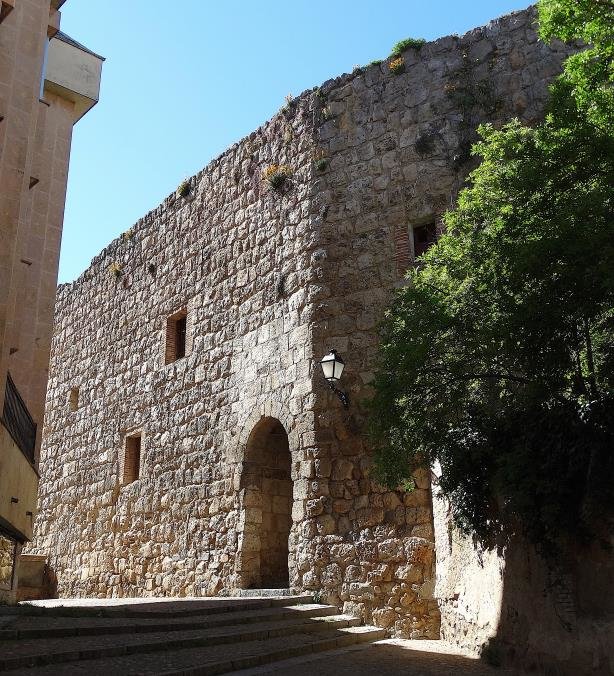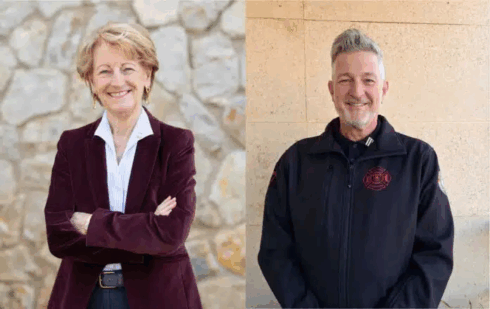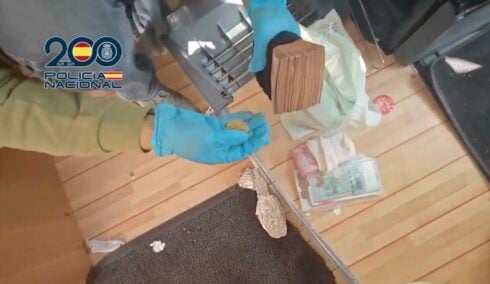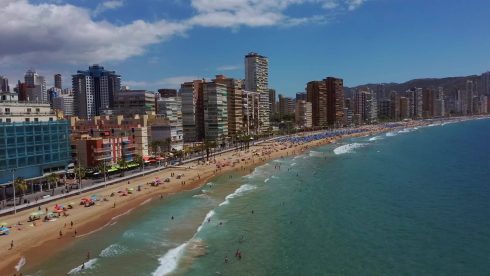SPANISH archaeologists are unsure what to think after finding the remains of 22 bodies in and around the medieval settlement of Almazan in Seria.
The discoveries are the result of 15 archaeological surveys and extensive excavations, though much remains to be explored.
Above all, researchers are trying to work out why 11 bodies were buried right beneath the town wall.
“The excavation turned out to be quite difficult due to the state in which [the corpses] were found – very fragile, fragmented and not very consistent,” said Manuel Retuerce Velasco, Associate Professor of Archaeology at the Complutense University of Madrid.
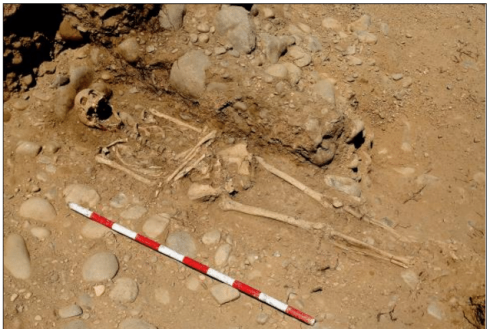
In a recent study on Almazan headed by Velasco, experts suggested that the graves belonged to Christians and were deliberately ignored by those building the wall.
A piece of evidence for this theory would be the keystone inscription. Although this was deposited at the Royal Academy of History in 1896, it has since gone missing.
“It is unbelievable how such an inscription could have disappeared from an institution like this one,” a spokesperson of the Royal Academy told El Pais.
The keystone ‘supposedly’ dates to the reign of Alfonso VI, in the 11th century, but a letter in the academy archives from 1896 also mentions Alfonso I and Alfonso VII.
Consequently, the archaeologists cannot be certain of when the wall was built, and so the story of the 11 bodies will have to remain a mystery for at least a while longer.
Click here to read more Spain News from The Olive Press.

